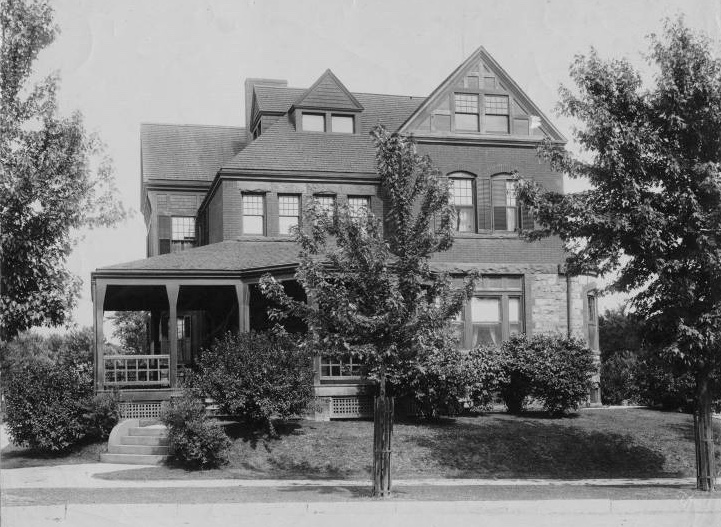
The block between Main and Walnut from 36th to 37th Streets has seen many changes since it attracted its first residents in the late 1800s. Its history reflects the movement of people from the north to the new “south side” around the turn of the century, which brought new homes, businesses, and a church to the growing Hyde Park area.

Home at 36th and Main Played an Important Role
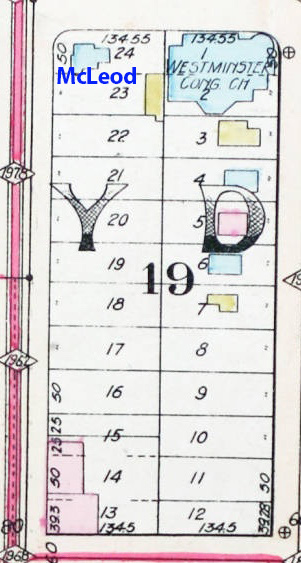
A Tuttle & Pike map from 1907 shows the McLeod house and church along with some of the houses on Walnut Street on the block that year.
A fairly modern building now stands at the southeast corner of 36th and Main, on the site of what was once the home of Ronald R. Conklin. He was part of the Jarvis-Conklin Mortgage Trust Company, which was actively building homes in Hyde Park in the late 1880s and early 1890s. Perhaps Conklin built a red sandstone and brick home on the corner to show his confidence in the developing Hyde Park area.
Several decades later, in 1934, the Kansas City Star credited the impressive home as helping to drive the movement to the area that is now Midtown.
“It was a patriarch of the Hyde Park district, which was a pioneer in attracting some of the people whose homes had been on Independence Avenue and the West Side to turn ‘out south’ when seeking a building site,” the Star wrote.
However, the house became better known for the man who bought it soon after it was constructed and who lived there until 1923. William C. McLeod was a member of the law firm Warner, Dean, McLeod & Gibson.
“The McLeod house became perhaps the most widely known bachelor retreat Kansas City ever had. McLeod, himself a bachelor, gathered around his then bachelor friends in the rather spacious house, and they included men such as Dr. John F. Binney and Herbert Mackirdy, who was British vice-consul here fourteen years,” The Star said in 1934.
A gossip column in 1914 shared that the home had a large library and imported novels written in Italian, French, and Spanish.
The McLeod estate sold the home in 1924. It was used for a while as a rooming house and became increasingly run down until it was demolished in 1934.
A Church Moved South
The Westminster Congregational Church began as the Second Presbyterian Church downtown in 1875. By the early 1900s, church leaders decided to move south, following the movement of many church members to the new area of the city. They laid a cornerstone for a new church in 1904 at 36th and Walnut, with the new building modeled after an early Gothic Revival-style church in New Orleans. The church was expanded in 1912.
Businesses Along Main Street Served New Residences

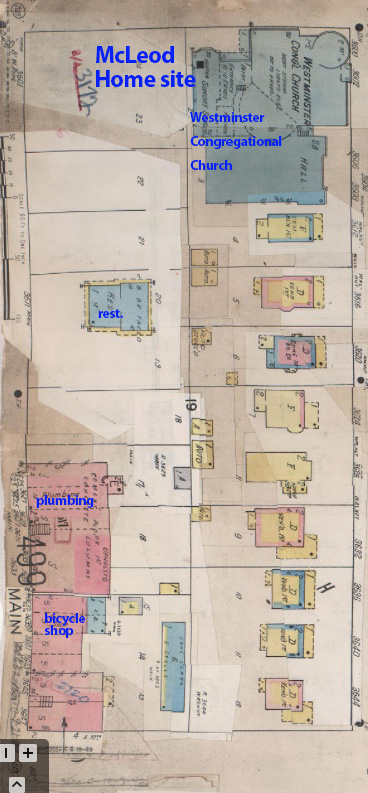
As residents and the church moved south, Main Street transformed into a commercial center. The cluster of storefronts at the corner of 37th and Main grew from 1907 to serve the booming community. Businesses that were located there changed frequently, with the Scott Grocery Store having a major presence before 1920. Over the decades, an early bicycle shop, baby carriage seller, and pharmacy were replaced by a car dealer, piano store and dry cleaner.
Homes along Walnut
The photos below show the remaining buildings on the block.
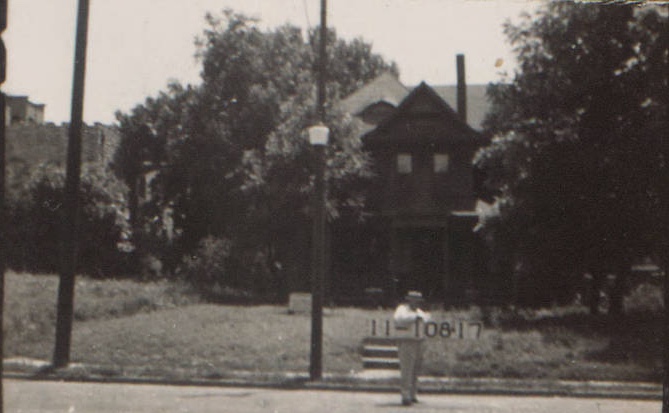
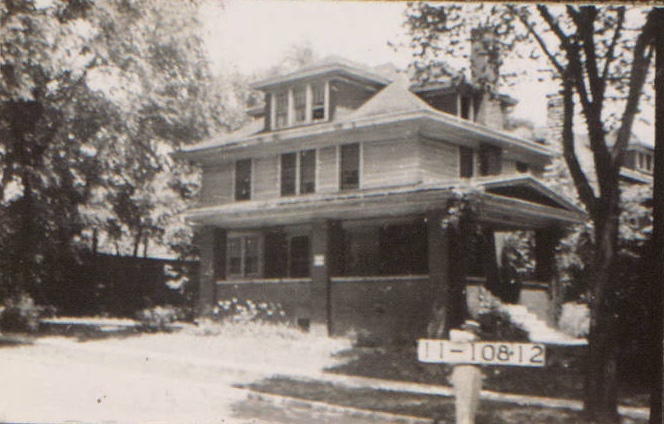

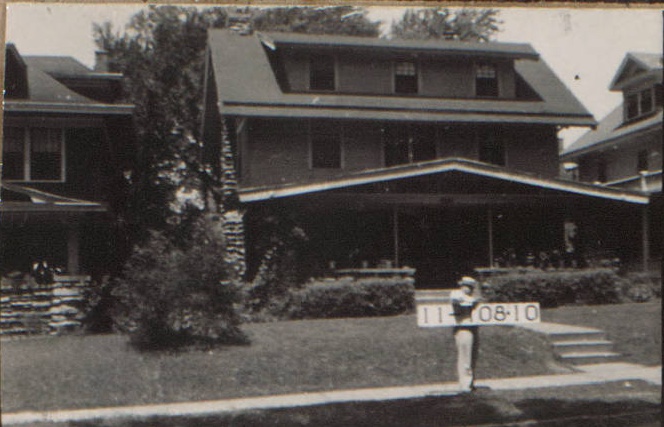
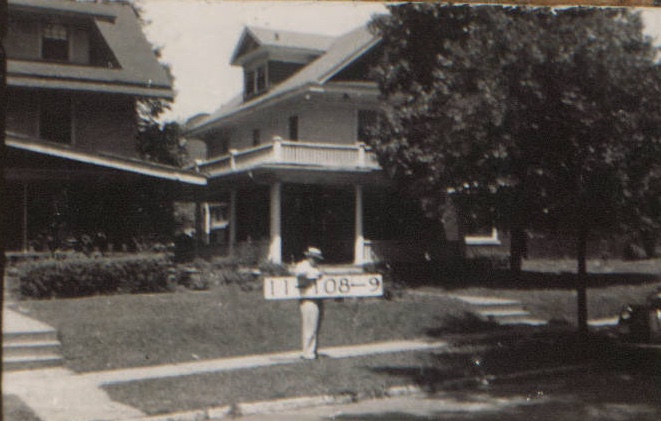
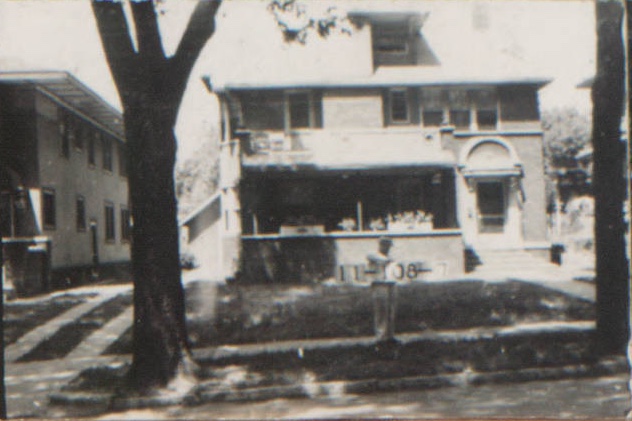
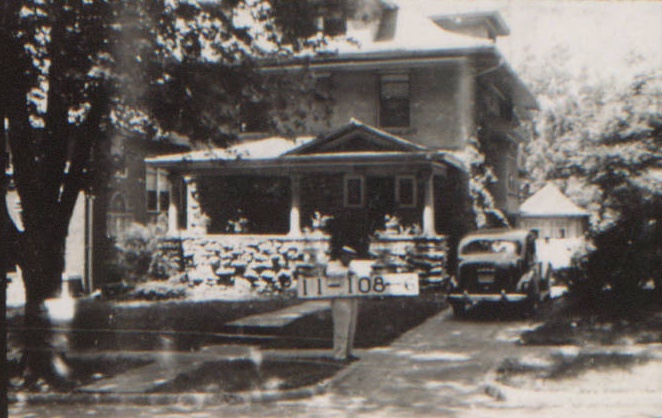
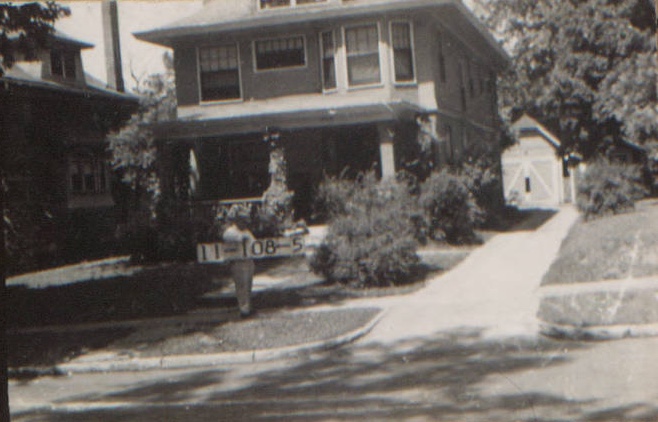
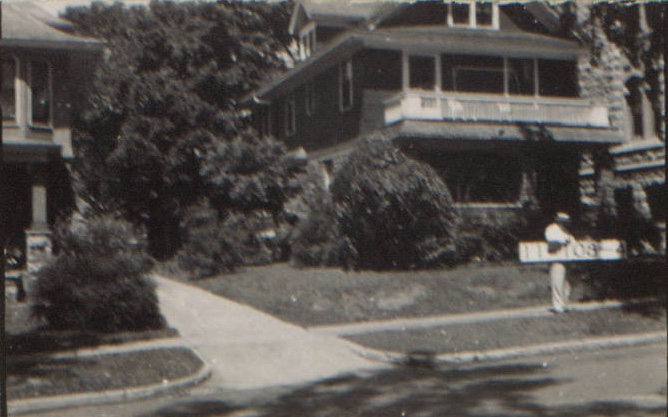
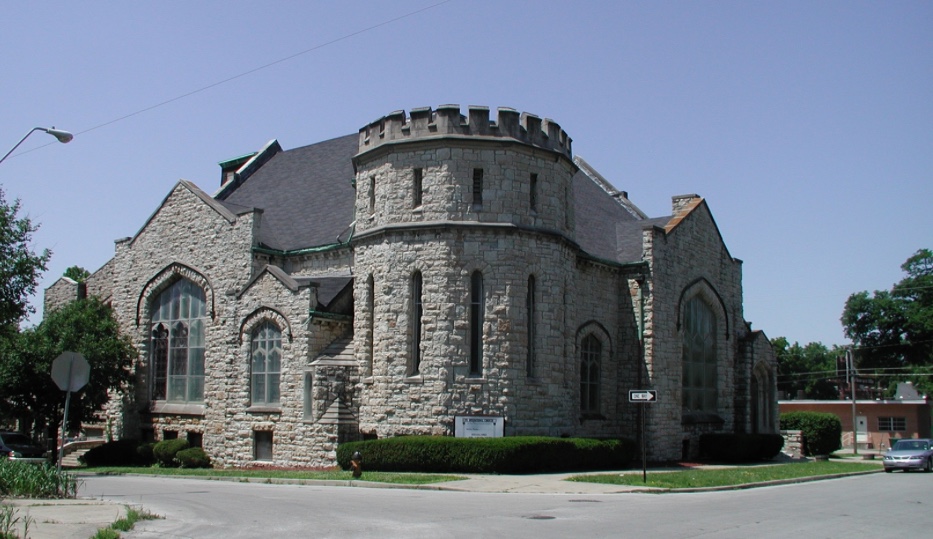

As part of our Uncovering History Project, the Midtown KC Post is examining each block in Midtown. A set of 1940 tax assessment photos is available for many blocks.
This week, the focus is on the block from Main to Walnut between 36th and 36th Streets.
Historic photos courtesy Kansas City Public Library/Missouri Valley Special Collections.